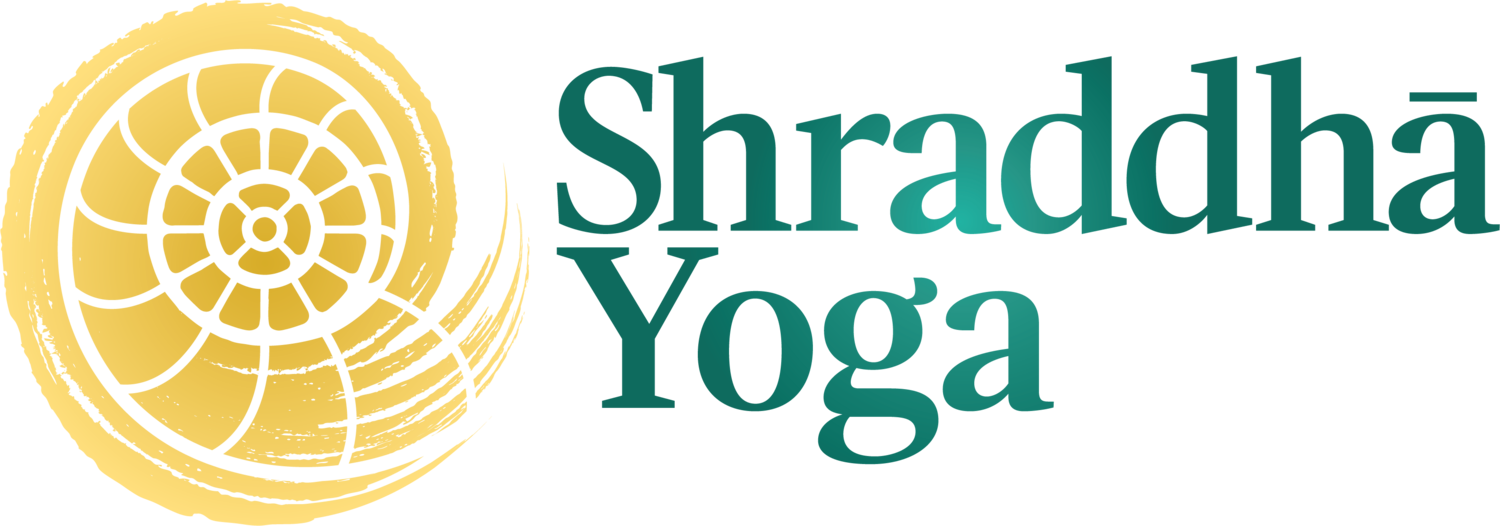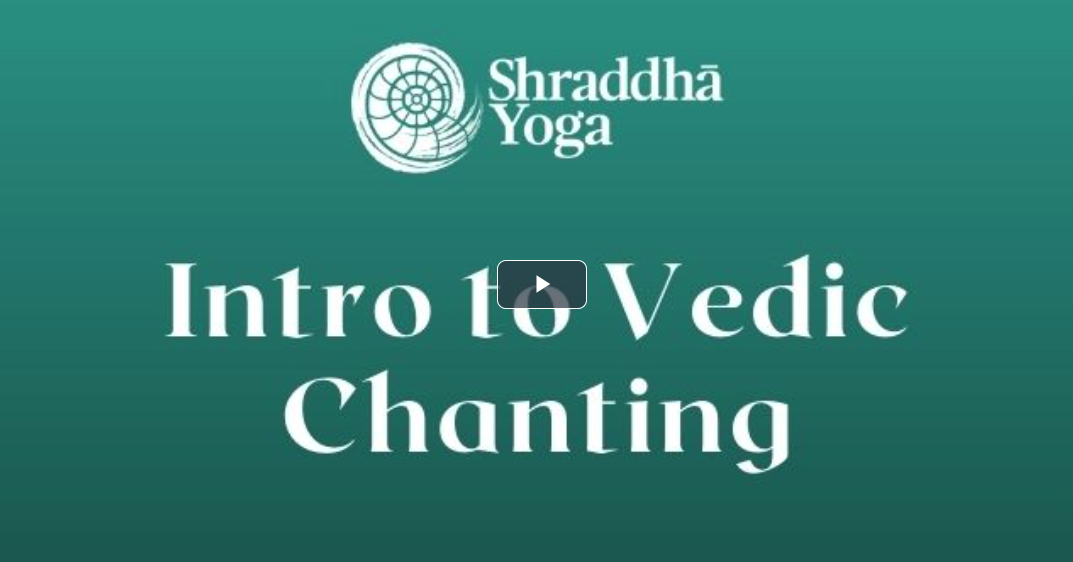<< All WorkshopsIntro to Vedic Chanting
6-week workshop series with Sangeetha Sriram
Livestream via zoom
Fridays, 10:00-11:00am ET / 7:30-8:30pm IST
Recommended rate: $150
Unable to attend the live session? Registered students receive the recording each week. *This class is a Pre-requisite for the weekly Vedic Chanting Drop-in class.
Free Intro Talk
Interested in this course but want to learn more? Watch the free introductory talk where Sangeetha gives an overview of the following:
Basic introduction to the Krishnamacharya Tradition - philosophy of Yoga, and the location of chanting (shlokas and mantras) in one's sadhana.
What is vedic chanting and how is it similar to and different from other forms of chanting?
What are the benefits of chanting veda mantras?
What are the requirements to register for the course?
What one can expect from the course, and what will be expectations of the students registering for the course?
About Sangeetha Sriram
Sangeetha has spent over two decades engaging in many social experiments exploring what it means to be an effective change agent in a world of converging crises.
Her personal search led her to Integral Yoga and Indic Wisdom, both of which she is a keen student of. Though Sangeetha grew up in a context of which chanting was an important part, she formally started learning and teaching Vedic chanting in Sri Krishnamacharya – Sri Desikachar tradition about five years ago, integrating it into her sadhana. She is a steward of Vikalp Sangam, a community that aspires to weave together different systemic change initiatives across India. She is a steward of pūrṇam, an emerging community that endeavours to create spaces of inquiry into the nature of the Self and of the human condition, inspired by the praxis of pūrṇa yoga. She is also a writer and a classical musician, and currently lives with her family in Auroville.
What is Vedic Chanting?
Veda mantras are classified as śruti and can be imagined as cosmic vibrational patterns that were revealed to rishis (seers) in their deeply meditative states, in the form of sound. These mantras need to be learnt and chanted following specific rules of chanting, exactly the way they were originally received and passed on. And for this reason, it is important to learn Vedic chanting from teachers who come from a trusted lineage. Until about a century ago, the science, technique and art of Yoga and Vedic chanting largely remained accessible only to select male members of the Hindu society. Sri Krishnamacharya, considered to be among the primary revivers of Yoga in the modern times, made the knowledge widely accessible by breaking the barriers of race, religion, caste and gender. Sri Desikachar, his student, and son carried the tradition forward through the Krishnamacharya Yoga Mandiram.
According to this tradition, the core purpose of Yoga is to enable tapasya, the stoking and tending of the inner fire, so that we may burn the seeds of duḥkha and progressively experience the Divine Self within. This tradition which considers āsanā a form of dhāraṇā (focused attention) on the body, and prāṇāyāma a form of dhāraṇā on the breath, sees Vedic chanting as a form of dhāraṇā that connects to the very source of creation, nāda braḥmam, through sound.
Since Sanskrit language engages all part of the vocal system, chanting Sanskrit mantras are known to help develop clarity of speech, respiratory capacity, the ability to access our meditative mind, and so on. According to Atharva Veda, ‘yantram parimitam, mantram aparimitam’ (the form of yantra has limited benefits, and the sound of mantra has unlimited benefits).
Register Now
Purchase a pass at the recommended rate below, or email us to pay a different amount using Pay From Your Heart.


